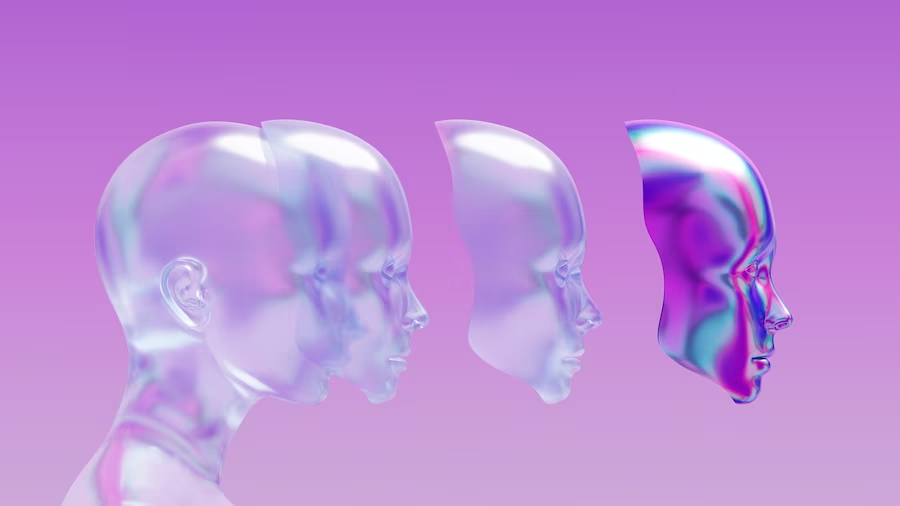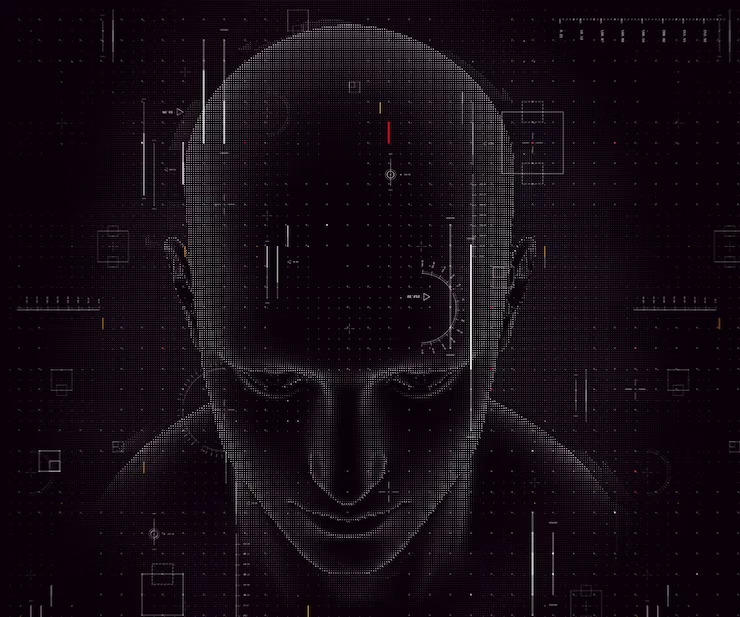The field of 3D scanning has revolutionized how we capture and recreate the world around us, from intricate objects to human faces. In this article, we dive into the fascinating world of 3D scanning head technology, exploring how it allows us to create precise and lifelike digital replicas of human faces.
From the techniques used to scan a human face to the convenience of 3D scanning with a smartphone, join us on this captivating journey as we unveil the wonders of 3D scanning head and its transformative impact on various industries.
Whether you’re interested in preserving memories, creating lifelike character models, or exploring the frontiers of technology, this article provides valuable insights and tips on how to harness the power of 3D scanning head technology.
The process of 3D scanning a human face involves sophisticated technology, such as structured light scanners and photogrammetry. We delve into the principles behind these scanning methods, exploring how structured light scanners project patterns onto the face to capture depth information, while photogrammetry utilizes photographs to create accurate 3D models. Understanding the technology behind 3D face scanning helps us grasp the precision and detail achieved in the final 3D models.
The 3D Face Scanning Process
The 3D face scanning process typically involves capturing multiple scans from different angles to ensure complete coverage of the face. We explore the key steps, from preparation and calibration to data processing and mesh reconstruction. This section provides an overview of the steps involved, shedding light on the intricacies of 3D face scanning.
How Do I 3D Scan My Head with My Phone?
The Rise of Smartphone 3D Scanning Apps
Advancements in smartphone technology have paved the way for 3D scanning to be accessible to a broader audience. We discuss the emergence of 3D scanning apps that utilize smartphone cameras to capture 3D data. These user-friendly apps allow individuals to 3D scan their heads with ease, opening up new possibilities for personalized 3D avatars, 3D selfies, and creative expressions.
Can You 3D Scan a Person?

The Ethics of 3D Scanning Humans
As 3D scanning technology becomes more accessible, questions arise about the ethical implications of scanning human subjects. We explore the ethical considerations related to privacy, consent, and data usage in 3D scanning head applications. Understanding these ethical dilemmas is essential for responsible and respectful use of 3D scanning technology.
Applications of 3D Scanning Head
The applications of 3D scanning head are vast and diverse. We explore the various industries that leverage this technology, such as entertainment (creating lifelike character models for video games and films), medicine (facilitating facial reconstruction and prosthetics), and heritage preservation (archiving cultural artifacts and historical figures). By showcasing the practical applications of 3D scanning head, we illustrate how this technology impacts our lives in meaningful ways.
How Do You 3D Scan a Human Face?
The process of 3D scanning a human face relies on advanced technology that captures the intricate details of facial features. Structured light scanners utilize a pattern of light projected onto the face, and the distortion of the pattern is measured to determine the depth of the facial surface. This data is then used to create a 3D model with high precision and accuracy.
On the other hand, photogrammetry involves capturing multiple photographs of the face from different angles. Software then analyzes these images, identifying common points and reconstructing the 3D shape of the face. Photogrammetry offers a more accessible approach to 3D face scanning, as it can be performed using a standard camera or even a smartphone.
The 3D Face Scanning Process
The 3D face scanning process typically starts with preparing the subject, ensuring they are well-lit and positioned correctly for accurate scanning. Next, a series of scans are taken from various angles, capturing the entire facial surface. The scans are then processed to align the data and create a complete 3D model of the face.
Once the 3D model is created, it can be further refined and edited using 3D modeling software. This allows for adjustments and enhancements to be made, ensuring the final model is an accurate representation of the person’s face.
The Rise of Smartphone 3D Scanning Apps
Advancements in smartphone technology have led to the development of 3D scanning apps that utilize the phone’s camera to capture 3D data. These apps leverage the phone’s computational power and sophisticated algorithms to create 3D models from a series of photographs taken by the user.
One popular method used in smartphone 3D scanning is called “photogrammetry on the fly.” In this approach, the user captures multiple images of their face or head from different angles, and the app processes these images to generate a 3D model in real-time. The resulting 3D model can be saved, shared, or even used for 3D printing. See in which apps it is easy to scan your head using your iPhone at the video:
Tips for Successful Smartphone 3D Scanning
To achieve the best results with smartphone 3D scanning apps, there are several tips to keep in mind. Lighting plays a crucial role in capturing accurate 3D data, so it’s essential to have even lighting that highlights facial features. Additionally, maintaining a consistent distance from the camera while taking multiple photographs helps the app create a seamless and detailed 3D model.
Choosing the right app is also important. Some apps offer more advanced features and better results than others, so it’s worth exploring different options to find the one that best suits your needs.
Applications of 3D Scanning Head
The applications of 3D scanning head extend across a wide range of industries and creative pursuits:
- Entertainment: In the entertainment industry, 3D scanning head is used to create lifelike character models for video games and films. By capturing the faces of actors and performers, animators can create digital versions of the characters with astonishing realism and authenticity;
- Medicine: 3D scanning head technology plays a crucial role in medical applications, such as facial reconstruction and prosthetics. Surgeons can use 3D scans to plan and visualize complex facial surgeries, while 3D-printed prosthetics can be customized to fit a patient’s unique facial structure;
- Heritage Preservation: In cultural heritage preservation, 3D scanning head is utilized to archive and preserve historical figures and artifacts. By creating detailed 3D models, these important cultural assets can be digitally preserved for future generations;
- Personalization: 3D scanning head also offers exciting possibilities for personalization. Individuals can create 3D selfies, avatars, or personalized 3D models that can be used in virtual environments, games, or as personalized gifts.
Conclusion
The world of 3D scanning head is a captivating intersection of technology, art, and ethical considerations. From the advanced techniques used to capture human faces to the convenience of smartphone 3D scanning, this transformative technology empowers creators and innovators across various industries.
However, the responsible use of this technology is paramount, ensuring that privacy and consent are respected when scanning human subjects.
As the technology continues to evolve, the applications of 3D scanning head will only expand, offering new possibilities for entertainment, medicine, heritage preservation, and personalization. Whether it’s creating lifelike characters for video games or preserving cultural heritage for future generations, 3D scanning head technology continues to shape our digital world in profound and meaningful ways.
So, embrace the wonders of 3D scanning head and explore the limitless potential it holds in capturing and recreating the human face with astonishing precision and artistry.
